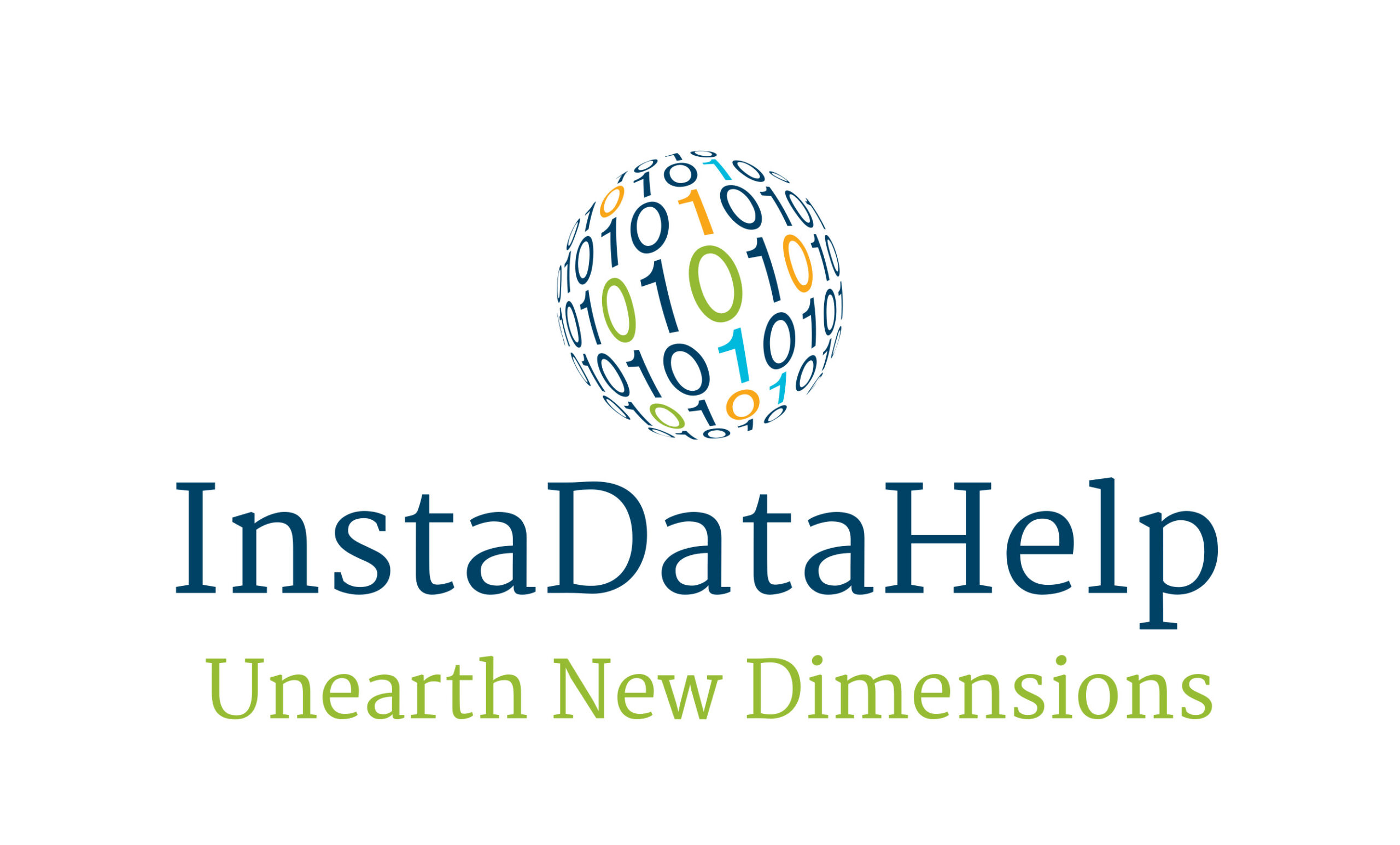Regression Models: Exploring the Science Behind Predictive Analytics
Introduction
Predictive analytics has become an integral part of decision-making processes across various industries. It enables organizations to make accurate forecasts and predictions based on historical data, helping them optimize their operations, reduce risks, and make informed decisions. One of the key techniques used in predictive analytics is regression modeling. In this article, we will delve into the science behind regression models and understand how they work to provide accurate predictions.
Understanding Regression Models
Regression models are statistical tools used to analyze the relationship between a dependent variable and one or more independent variables. The dependent variable is the variable we want to predict or explain, while the independent variables are the factors that influence or explain the dependent variable. Regression models help us understand how changes in the independent variables affect the dependent variable.
Types of Regression Models
There are several types of regression models, each suited for different scenarios and data types. Some common regression models include:
1. Simple Linear Regression: This model is used when there is a linear relationship between the dependent variable and a single independent variable. It assumes a straight-line relationship between the variables.
2. Multiple Linear Regression: This model is an extension of simple linear regression and is used when there are multiple independent variables. It helps us understand how each independent variable affects the dependent variable while controlling for the effects of other variables.
3. Polynomial Regression: This model is used when the relationship between the dependent variable and the independent variable(s) is not linear but can be better represented by a polynomial function.
4. Logistic Regression: Unlike linear regression models, logistic regression is used when the dependent variable is categorical or binary. It helps us predict the probability of an event occurring based on the independent variables.
Building a Regression Model
To build a regression model, we need historical data that includes both the dependent variable and the independent variables. The first step is to explore and clean the data, ensuring that it is accurate and complete. We then split the data into a training set and a test set. The training set is used to build the model, while the test set is used to evaluate its performance.
Once the data is prepared, we can apply the regression model algorithm. The algorithm estimates the coefficients or weights for each independent variable, which represent the strength and direction of their relationship with the dependent variable. The model then uses these coefficients to predict the dependent variable for new or unseen data.
Evaluating Regression Models
To assess the performance of a regression model, we use various evaluation metrics. Some common metrics include:
1. Mean Squared Error (MSE): It measures the average squared difference between the predicted and actual values. A lower MSE indicates a better fit.
2. R-squared (R2): It measures the proportion of the variance in the dependent variable that can be explained by the independent variables. A higher R2 indicates a better fit.
3. Root Mean Squared Error (RMSE): It is the square root of the MSE and provides a more interpretable measure of the model’s performance.
4. Adjusted R-squared: It adjusts the R2 value for the number of independent variables in the model, preventing overfitting.
Applications of Regression Models
Regression models find applications in various fields, including finance, marketing, healthcare, and social sciences. Some common applications include:
1. Sales Forecasting: Regression models can help predict future sales based on historical sales data, marketing expenditures, and other relevant factors.
2. Risk Analysis: Regression models can be used to assess the impact of different risk factors on the probability of an event occurring, such as the likelihood of default in credit risk analysis.
3. Demand Analysis: Regression models can help understand the factors influencing demand for a product or service, enabling businesses to optimize their pricing and marketing strategies.
4. Medical Research: Regression models can be used to analyze the relationship between various risk factors and the occurrence of diseases, helping in early detection and prevention.
Conclusion
Regression models are powerful tools in predictive analytics, enabling organizations to make accurate predictions and informed decisions. By understanding the science behind regression models and their various types, we can harness their potential to gain insights from data and optimize our operations. Whether it’s forecasting sales, analyzing risks, or understanding customer behavior, regression models play a crucial role in unlocking the power of predictive analytics.



Recent Comments